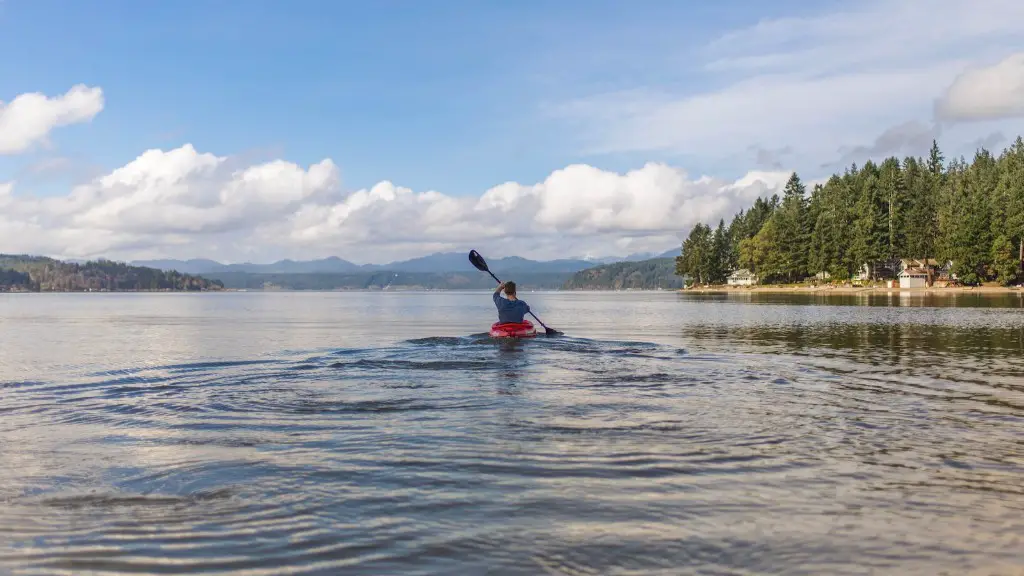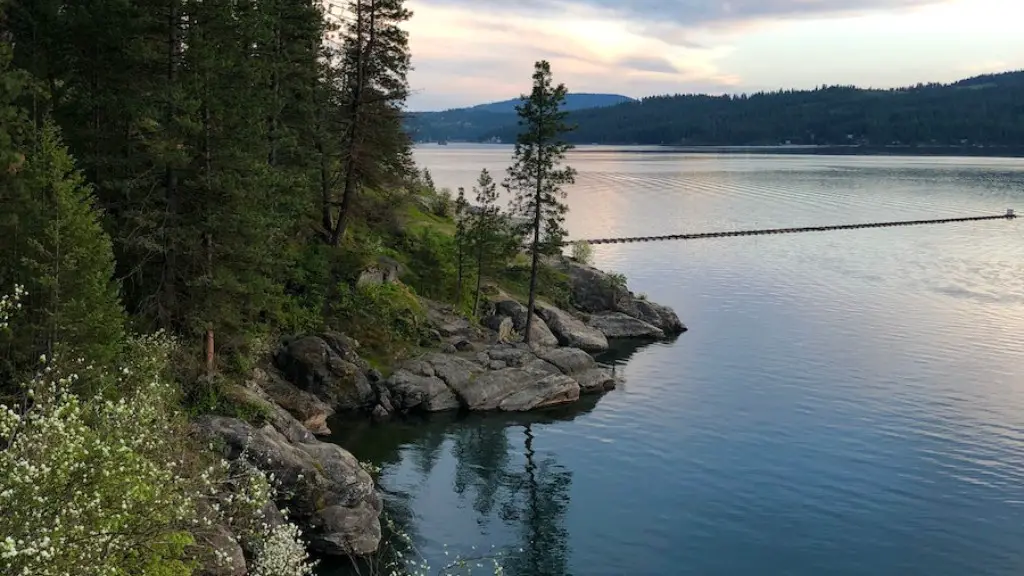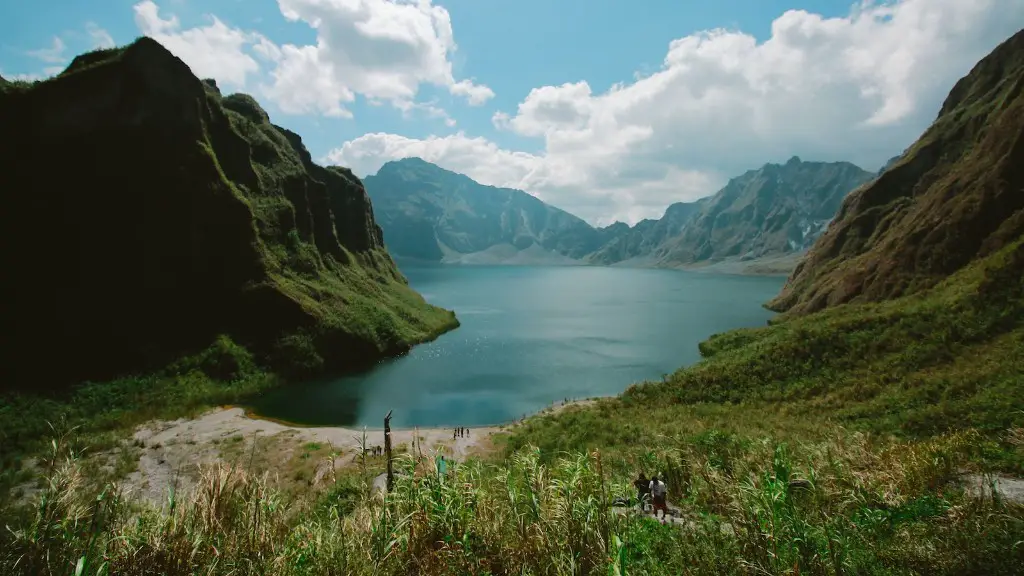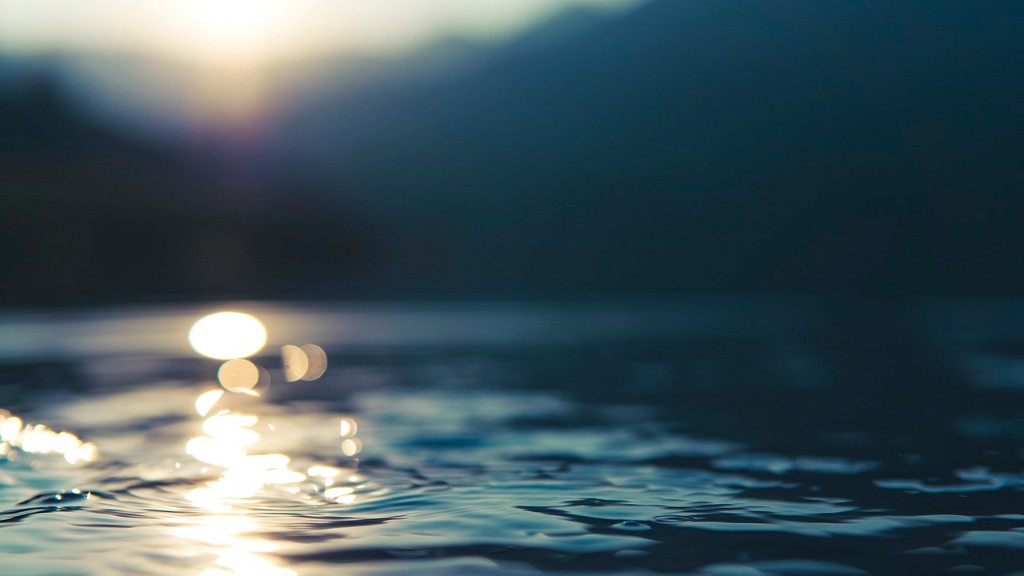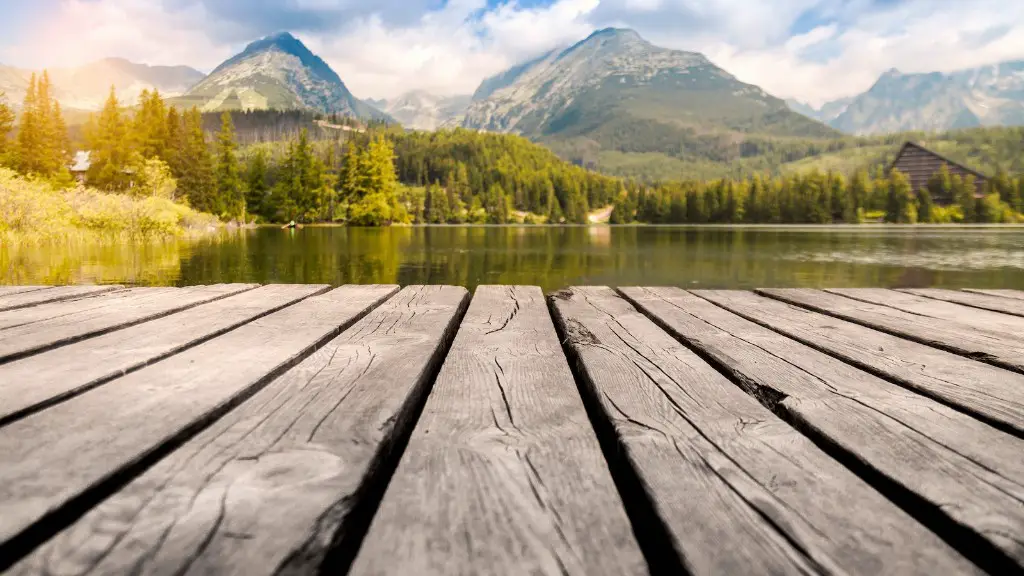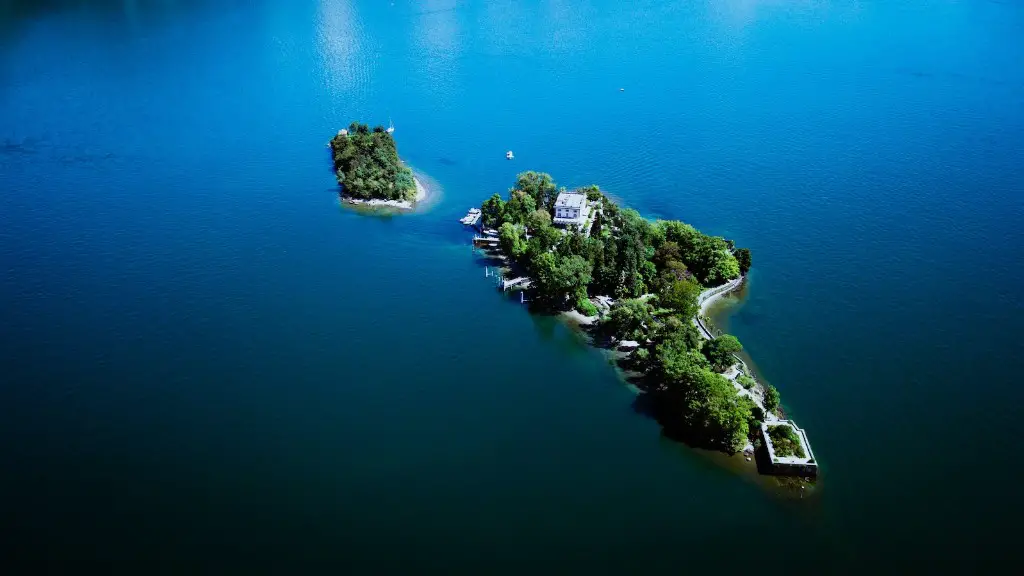A crater lake caldera is a lake that forms in a caldera, a bowl-shaped indentation in the Earth’s surface. Crater lakes are usually formed when a volcano collapses into itself, forming a large depression in the ground. Calderas can also be formed by the erosion of a mountain. Crater lakes are often very deep and can be very beautiful, with clear blue waters.
A crater lake caldera is a deep, steep-sided basin formed by the collapse of a volcano. A caldera is formed when magma is ejected from a volcano, and the empty magma chamber collapses. Crater lakes often form in the calderas of active volcanoes, and they can also form in the calderas of extinct volcanoes.
What is a crater caldera?
Craters are formed by the outward explosion of rocks and other materials from a volcano. Calderas are formed by the inward collapse of a volcano. Craters are usually more circular than calderas.
Crater Lake is a stunning example of a caldera, formed by the collapse of Mount Mazama following a series of explosive eruptions. The lake is 8-by-10-km in size and more than 1 km deep, making it a truly spectacular sight.
What is the difference between Crater Lake and caldera
A crater is typically formed by the sinking of the top of a volcano, as lava weakens the rocks. On the other hand, a caldera is typically formed when the overlying rocks collapse to fill an emptied huge chamber of magma.
Crater Lake is a beautiful blue lake located in the caldera of Mount Mazama in Oregon, USA. The lake is 8 x 10 km wide and was formed about 7,700 years ago when Mount Mazama erupted and collapsed. The eruption produced widespread ashfall and pyroclastic flows that traveled as far as 70 km. Today, Crater Lake is a popular tourist destination and is known for its clear blue waters and stunning views.
What is caldera in simple words?
A caldera is a large depression that is formed when a volcano erupts and collapses. During a volcanic eruption, the magma that is present in the magma chamber underneath the volcano is expelled, often forcefully. This can cause the ground to collapse and form a large depression.
Lake Toba is a crater lake in Sumatra, Indonesia. It is the largest lake in Indonesia and the largest crater lake in the world. The lake is about 100 km long and 30 km wide, and 505 m deep at its deepest point. The lake is surrounded by cliffs, and the lake water is very clear. There are many islands in the lake, and the largest island is Samosir Island. The lake is a popular tourist destination, and there are many hotels and resorts on the lake.
Is Mt St Helens a crater or caldera?
Chaitén is a wide, low, and circular caldera. In contrast, Mount St Helens is a truncated cone topped with a horseshoe-shaped crater. Calderas like Chaitén’s form when a volcano erupts catastrophically, ejecting rock, ash, and lava into the air, and emptying the magma chamber below.
A caldera is formed when the magma chamber of a volcano is emptied during a large, explosive eruption. The roof of the chamber can collapse, forming a large depression with steep walls. Calderas can be tens of miles across.
Can a caldera erupt again
A caldera is a large, typically circular depression in the ground that forms following the eruption of a volcano. The caldera, which may be several kilometers in diameter, is formed when the magma that was supporting the volcanic structure is ejected during the eruption. The caldera, which lies largely under water, contains several volcanic spots that have been active in recent geologic history. Vents in the region have a significant chance of erupting again.
The United States is home to three large caldera systems that have erupted in the last 2 million years. The first is the Yellowstone Caldera, which last erupted around 640,000 years ago. The second is the Long Valley Caldera, which erupted around 760,000 years ago. The third is the Valles Caldera, which last erupted around 1.2 million years ago.
What lake in Oregon is in a caldera?
Crater Lake is a lake located in Crater Lake caldera, Oregon, United States. It is the deepest lake in the United States and one of the deepest lakes in the world. The lake is known for its clear blue water and is a popular tourist destination.
Sierra Negra volcano is one of the most active volcanoes in the Galapagos Islands and has had its most recent eruption in 2005. The Sierra Negra caldera is the second largest volcanic caldera in the world.
Could Crater Lake erupt again
The long history of volcanism at Mount Mazama, the volcano that houses Crater Lake, suggests that this volcanic center will be active in the future. Future eruptions will likely occur within the caldera and probably beneath the water’s surface. This activity could pose a hazard to nearby communities and infrastructure.
A tunnel through the dead aquatic moss at the bottom of Crater Lake would be an incredible feat of engineering. The dead moss layers can accumulate over thousands of years, sometimes reaching 40 yards thick. Such a tunnel would be a remarkable way to view the bottom of the lake.
Can you swim in Crater Lake?
Crater Lake is a deep blue lake located in the crater of a volcano. The water is cold and visitors can swim in designated areas.
A caldera is a large cauldron-like hole that forms when magma chambers are partially emptied during large eruptions. The land surface above the shallow magma reservoir collapses, creating a large, bowl-shaped feature. Calderas are very different from volcanoes; they are much larger and tend to be much more explosive.
Warp Up
A crater lake caldera is a large, bowl-shaped depression that forms following the collapse of a volcanovent.
A crater lake caldera is a cauldron-like depression that forms shortly after the emptying of a magma chamber/reservoir. When large volumes of magma are erupted over a short time, structural instability of the volcanic edifice can cause the roof of the magma chamber to collapse.
